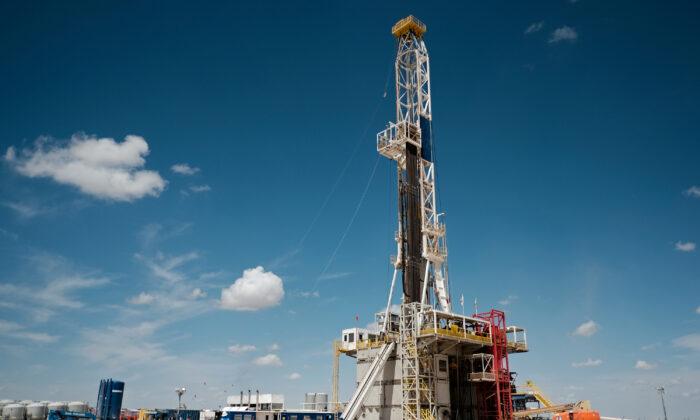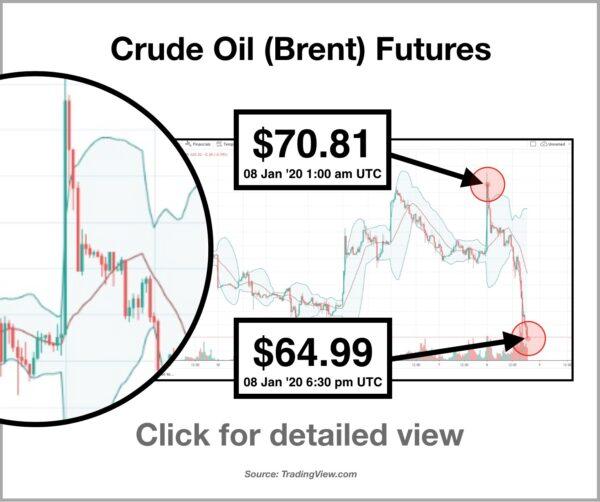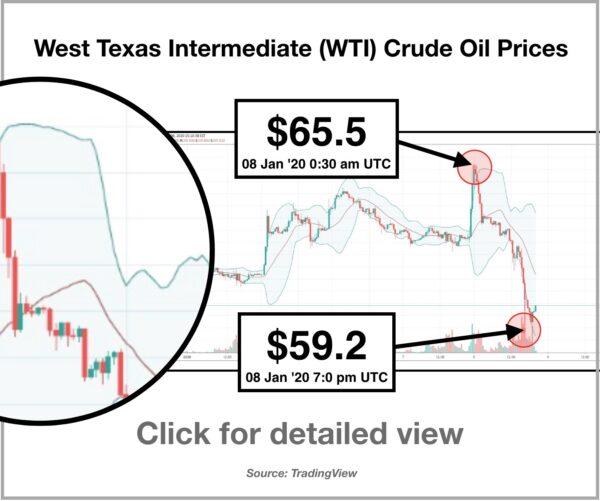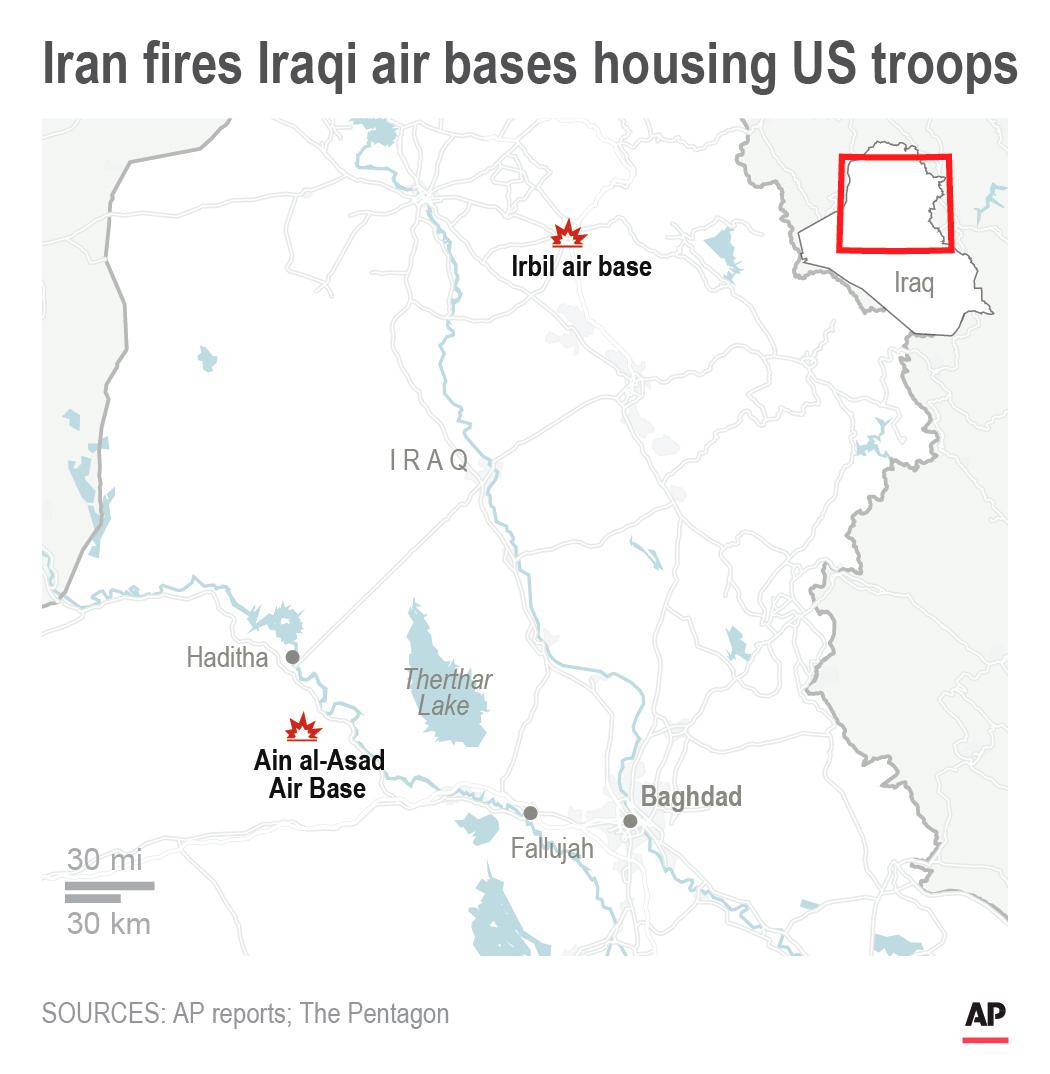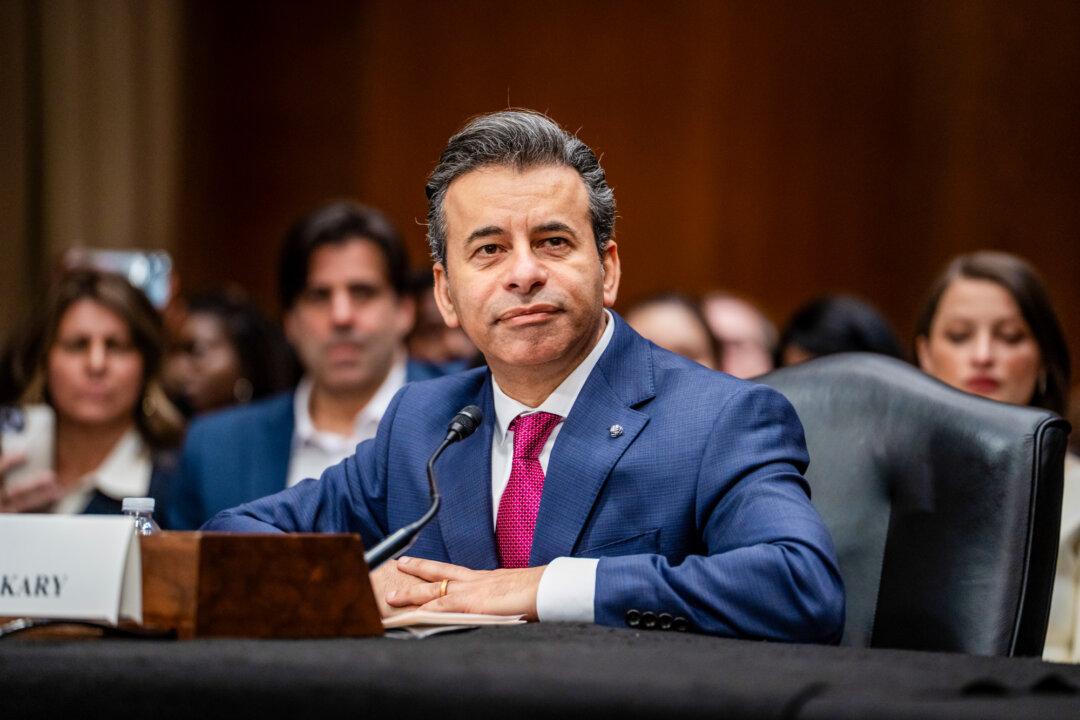President Donald Trump told a press conference on Jan. 8 that the United States’ increased petroleum production has left the country better poised to withstand oil supply disruption from geopolitical shocks such as Iran’s missile strike against two Iraqi military bases housing U.S. forces.
Brent crude oil futures, a proxy for supplies from the Middle East, first spiked to over $70 per barrel on news of Iran’s missile strike, before plummeting in just hours of trading to $65 per barrel, levels not seen since before a U.S. drone killed Iranian Gen. Qassem Soleimani last week.
Iran launched more than a dozen missiles at two bases housing U.S. and coalition forces, the Pentagon said late on Jan. 7. The strike caused a spike in oil prices, which was short-lived.
Speaking to reporters at the White House, Trump noted America’s energy independence, suggesting that because of increased petroleum production in recent years, the country is less susceptible to oil supply shocks.
“Our economy is stronger than ever before, and America’s achieved energy independence,” Trump said. “We are now the number one producer of oil and natural gas anywhere in the world. We are independent, and we do not need Middle East oil.”
Former Trump senior economic adviser Stephen Moore told The Epoch Times exclusively that energy independence is a national security priority.
“There’s no question that as America becomes more energy-independent, these countries like Iran and Iraq and Saudi Arabia and Russia no longer have a blade at our neck, and we can act in America’s own economic and national security interests without worrying about our energy supply,” Moore said.
While the United States is a net exporter of petroleum products, it still imports a substantial volume of crude oil.
According to the EIA, the high point for U.S. oil imports from Persian Gulf countries was 2.8 million bpd in 2001.
Trade policy expert and author Alan Tonelson said the move toward energy independence has given American foreign policy more freedom and flexibility.
“My main point has been that the fracking/fossil fuel revolution underway in the U.S. for some time now has created for the U.S. a degree of energy independence that has largely liberated it from relying on Middle East oil—and therefore eliminated a major reason for continued deep involvement (military or otherwise) in the region,” Tonelson told The Epoch Times.
West Texas Intermediate (WTI) crude oil prices, a U.S.-based measure, saw a similar dynamic in trading on Jan. 8.
Similarly reduced oil price volatility was also seen in 2019 when Saudi facilities were hit by a drone attack.
On Sept. 14, 2019, the state-owned Aramco oil processing plant in eastern Saudi Arabia was targeted by a drone strike.
“I think this reflected a new dynamic,” he said, “which is that the U.S. is now a net exporter of oil, so the disruption in the Saudi sphere, with those facilities being impacted, is seen as being far less serious than a disruption would have been a decade ago.”
Investment adviser Morris Armstrong told The Epoch Times that investors “buy on the sound of cannons” and sell as signs of stability settle the market.
“People buy on the uncertainty and worse-case scenarios,” the former currency and bond trader said. “As facts unfold, you adjust your positions. The facts seem to indicate that there will be no heightening of tensions between the two countries. Oil production will continue.”
‘No Americans Were Harmed’
Trump said no American or Iraqi lives were lost from missiles fired by Iran on Jan. 7.“I’m pleased to inform you: The American people should be extremely grateful and happy no Americans were harmed in last night’s attack by the Iranian regime. We suffered no casualties, all of our soldiers are safe, and only minimal damage was sustained at our military bases.”
While “our great American forces are prepared for anything,” Trump said. “Iran appears to be standing down, which is a good thing for all parties concerned and a very good thing for the world.”
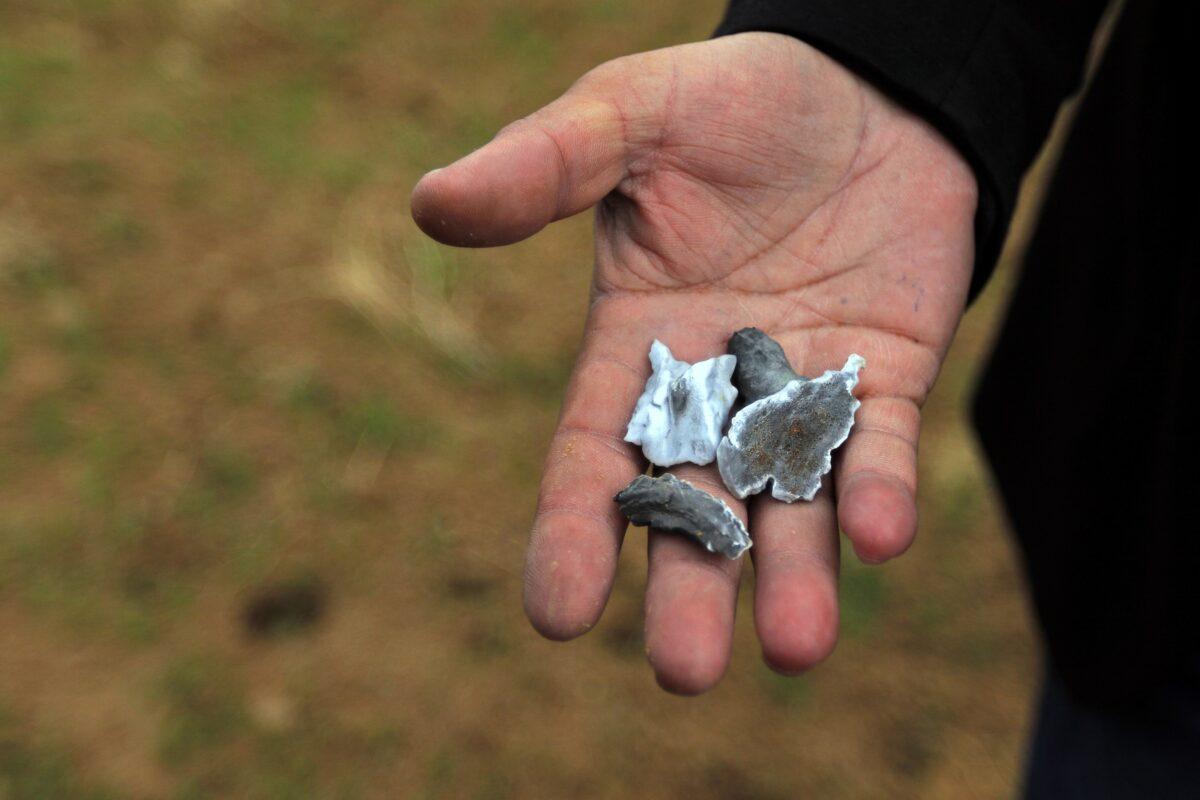
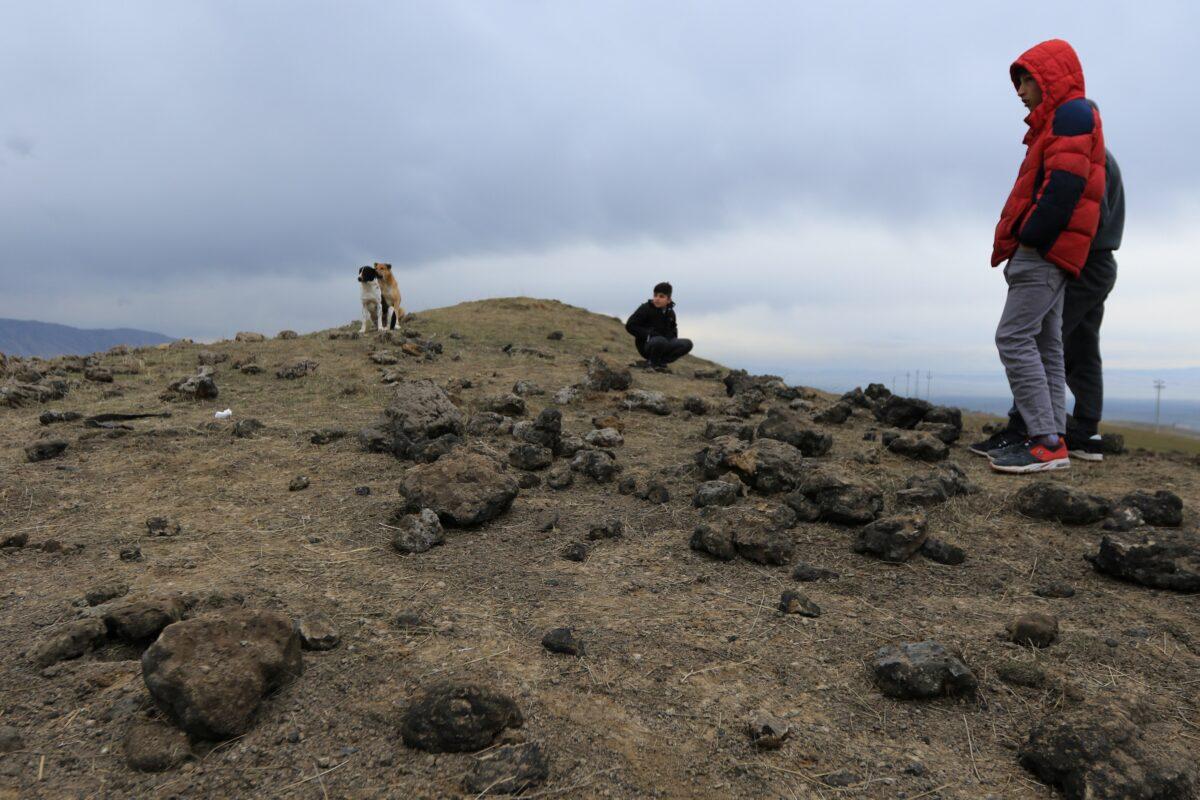
Iranian leaders said the attacks were a “proportionate” response to the recent killing of Soleimani, who was taken out by a U.S. airstrike in Baghdad on Jan. 2.

In other remarks at the press conference, Trump indicated he wouldn’t escalate the military conflict with Iran. He instead called for additional economic sanctions and called on NATO allies to get more involved in the region.
“The United States is ready to embrace peace with all who seek it,” the president said.
